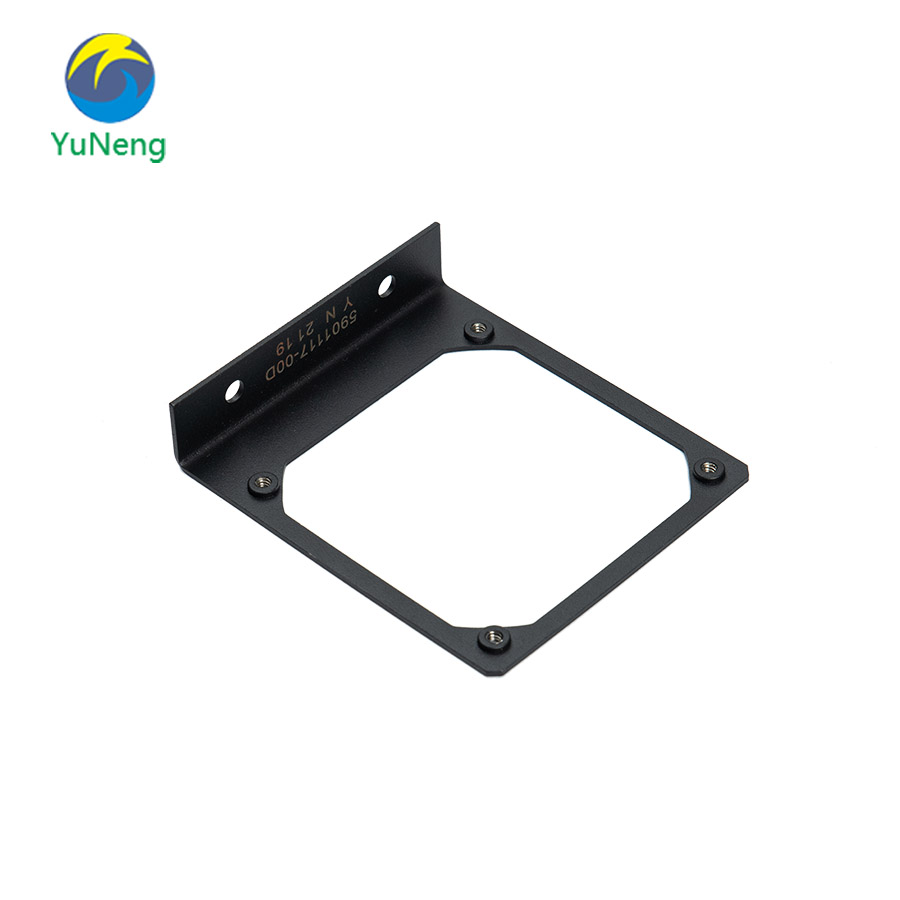Hardware Stamping Parts Manufacturing: Technological Innovation and Industry Challenges
Hardware Stamping Parts are an essential component in modern manufacturing, widely used across industries such as automotive, home appliances, electronics, and more. These parts are created through stamping processes that shape metal materials into required forms and sizes, meeting the design needs of various products. As technology advances, the manufacturing processes, quality control, and customization services for Hardware Stamping Parts continue to improve, playing a significant role in global manufacturing. However, with the ever-changing market demands and complex supply chains, manufacturers of hardware stamping parts face challenges related to technological innovation, cost control, and market competition.

Wide Applications of Stamping Parts
Hardware stamping parts have an extensive range of applications, particularly in the automotive industry, where they are often used in crucial components such as the vehicle body structure, suspension system, and exhaust system. For example, in a standard vehicle, stamping parts can account for more than 40% of the body weight. Through the stamping process, manufacturers can quickly produce large quantities of standardized parts, ensuring efficient and high-quality production. Automotive manufacturers often rely on stamping parts to meet requirements for strength, durability, and safety, making the precision and production capacity of the stamping process vital to the entire manufacturing cycle.
Apart from the automotive industry, stamping parts are also increasingly used in electronics, home appliances, and machinery. For instance, a certain factory produces stamping parts for multiple home appliance brands, and these parts are widely used in washing machines, refrigerators, and air conditioners. Stamping technology ensures these parts have sufficient durability and precise dimensions, thereby enhancing the overall performance of the products.
Precision Stamping Processes and Production Methods
The manufacturing process of hardware stamping parts typically involves various techniques, such as stamping, shearing, bending, and forming. These processes allow manufacturers to transform metal sheets into the required parts. This procedure not only requires high-precision molds and equipment but also necessitates precise process control to ensure that the dimensions and shapes of the parts meet design specifications.
One company adopts advanced continuous stamping technology, using efficient automated production lines to significantly increase the production efficiency of its parts. By employing continuous stamping, the factory can complete large-scale production tasks in a short period while ensuring consistency and quality. The key advantage of this process is the ability to mass-produce high-precision stamping parts quickly and cost-effectively.
With the continuous development of production technology, many manufacturers are adopting digital and intelligent production systems. For example, a certain factory has integrated AI-based production monitoring systems that can analyze production data in real-time and adjust parameters to optimize the production process. This not only improves production efficiency but also significantly reduces the likelihood of human error.
Technological Innovation and Industry Trends
As market demands diversify and production technologies advance, hardware stamping parts manufacturers are continually pushing the envelope on technological innovation. Intelligent production and automation are the key trends shaping the industry today. By introducing robotic technology and smart devices, manufacturers can achieve more flexible and efficient production. Intelligent systems can automatically detect the quality of parts and adjust production processes based on real-time data, thus improving overall production efficiency.
For example, one factory successfully shortened its production cycle by 30% by introducing robotic automation production lines. This innovation not only enhanced production efficiency but also reduced labor costs and increased the flexibility and responsiveness of the production line. Additionally, automated technologies ensure precise control over every step of the production process, reducing defect rates in the final products.
In terms of materials, many stamping parts manufacturers are exploring the use of high-performance materials such as high-strength steel, stainless steel, and aluminum alloys. These materials offer improved corrosion resistance and compression strength, making them suitable for high-demand applications. For instance, a certain factory supplies high-strength steel stamping parts to a premium automotive manufacturer, which not only ensures the vehicle's lightweight structure but also enhances the vehicle's safety and impact resistance.
Quality Control and International Standards
To ensure the high quality of stamping parts, manufacturers typically follow international standards during production and quality inspection. ISO 9001 certification is one of the most common quality management systems used by hardware stamping parts manufacturers, helping companies ensure consistent product quality throughout the production process. In addition to ISO 9001, many manufacturers adhere to industry-specific standards, such as IATF 16949 certification for the automotive sector, which guarantees the reliability and durability of parts.
Quality control is not limited to the production phase. Many manufacturers also conduct strict quality checks on every batch of parts before shipment. Common inspection methods include dimensional measurements, hardness testing, and tensile testing to ensure that parts perform well in their intended applications. For example, one factory uses laser measuring equipment to monitor dimensional variations during production, ensuring that every part meets the design specifications.
Global Market and Supply Chain Challenges
Despite the technological advancements, hardware stamping parts manufacturers still face significant pressures from global market uncertainty and supply chain challenges. In recent years, issues such as international trade friction, raw material price fluctuations, and transportation delays have posed considerable challenges, increasing production costs and supply chain risks for many manufacturers.
For example, a certain factory has been dealing with delays in international logistics by implementing various strategies such as optimizing inventory management and establishing partnerships with multiple suppliers to ensure timely delivery of parts. However, rising costs remain an inevitable challenge, impacting the profit margins of many manufacturers.
Additionally, globalization of production has intensified competition, as manufacturers not only face competition from domestic companies but also from businesses in other countries. In response to this challenge, many manufacturers are relocating their production facilities to regions with lower costs or increasing production efficiency through automation and digital technologies to maintain their competitive edge.
Customization and Flexibility
As market demands evolve, customization and flexibility have become crucial competitive advantages for hardware stamping parts manufacturers. Increasingly, clients require customized parts to meet specific design needs. One factory has adopted flexible production lines and customization services, allowing it to quickly adjust its production plans according to customer requirements and provide personalized part solutions.
This flexibility is not only reflected in production capabilities but also in post-sales services. Manufacturers enhance their customer relationships by offering personalized packaging, delivery, and after-sales support, thereby gaining more market share.
Conclusion
Hardware stamping parts manufacturers play a critical role in global manufacturing. As technology continues to advance and market dynamics shift, the industry will face new challenges and opportunities. Through continuous innovation and enhanced production efficiency, manufacturers are better positioned to meet global market demands and provide high-quality, high-precision parts solutions across various industries. By staying adaptable and embracing technological advancements, hardware stamping parts manufacturers can continue to thrive in an increasingly competitive and complex global marketplace.









